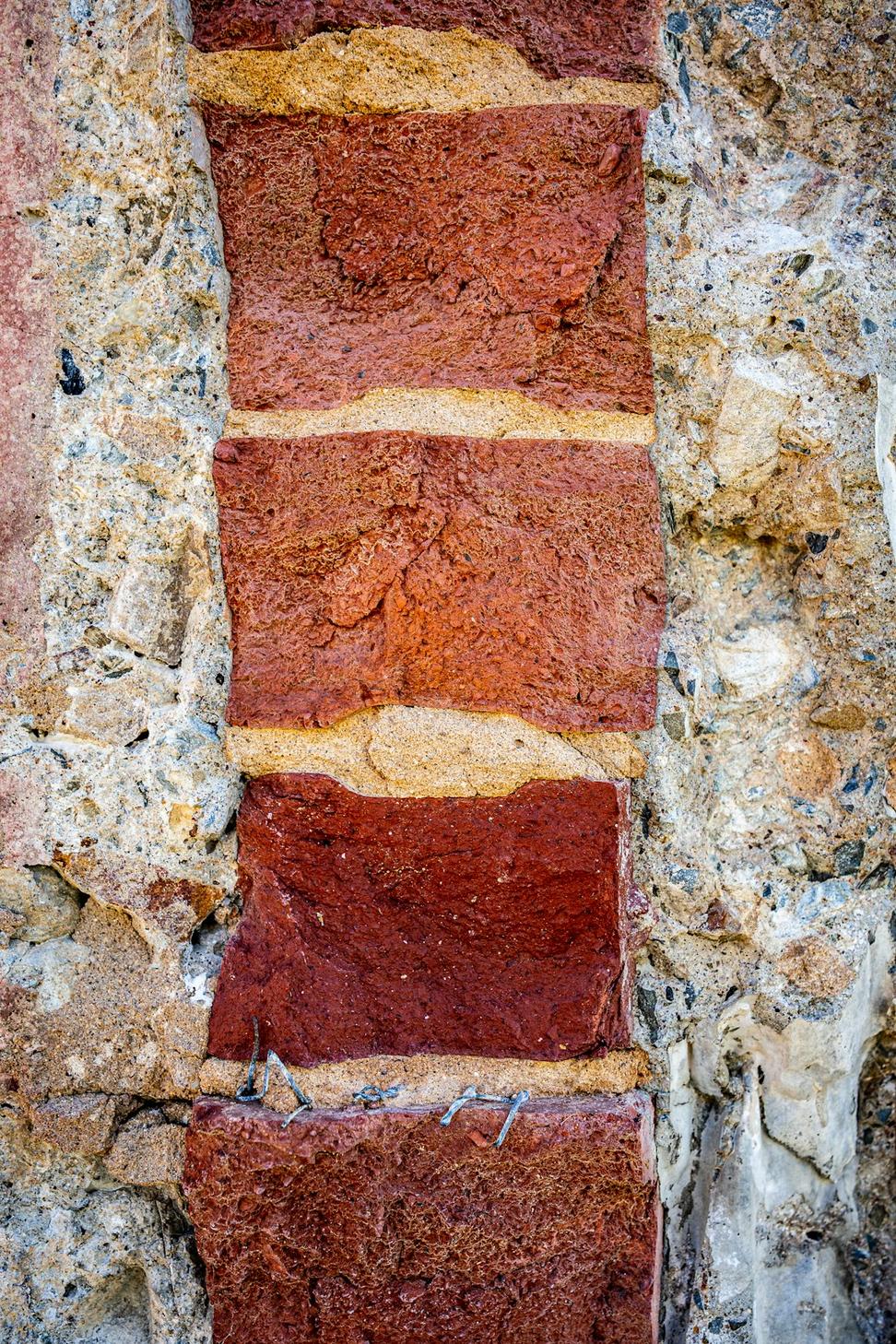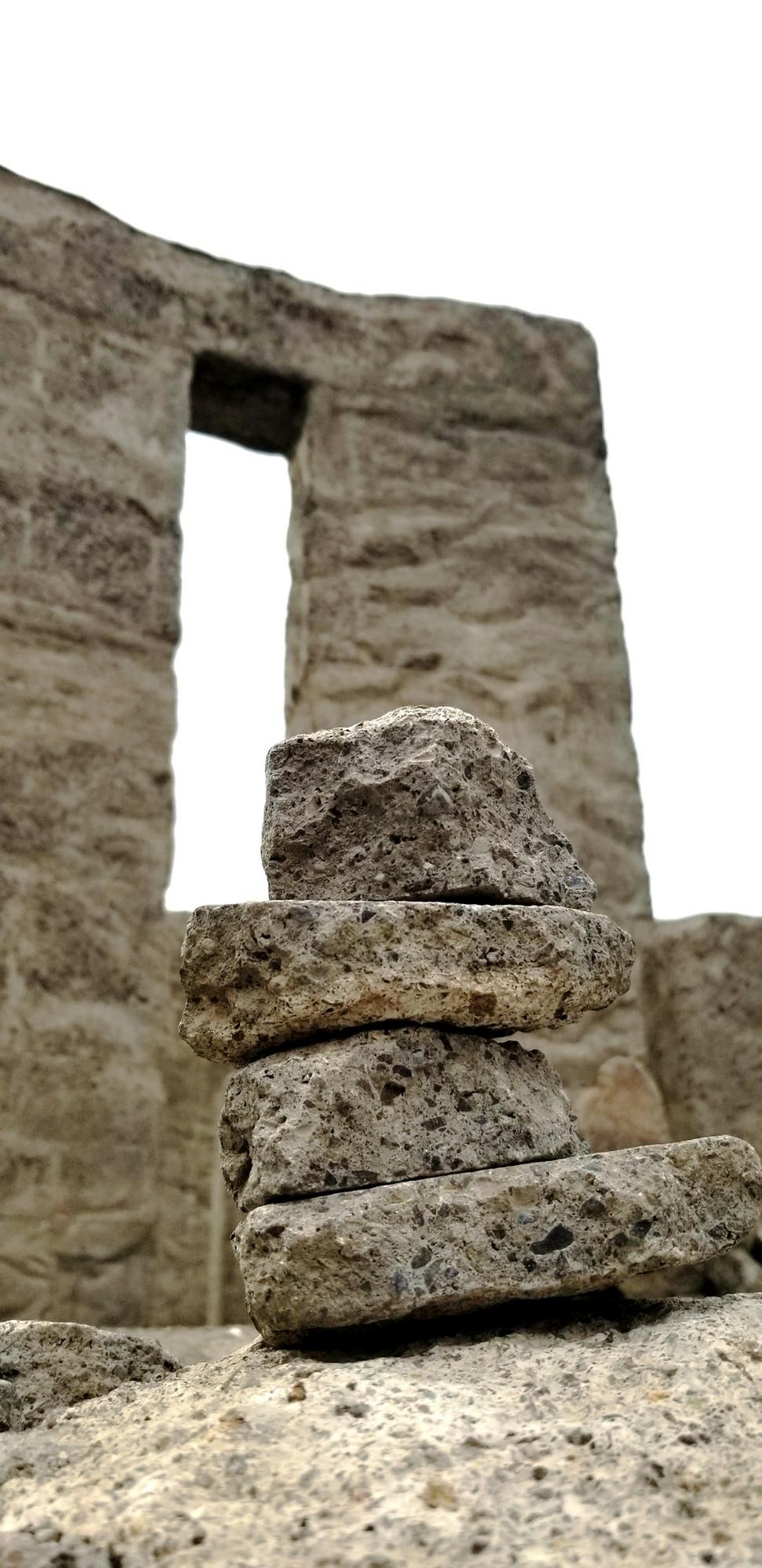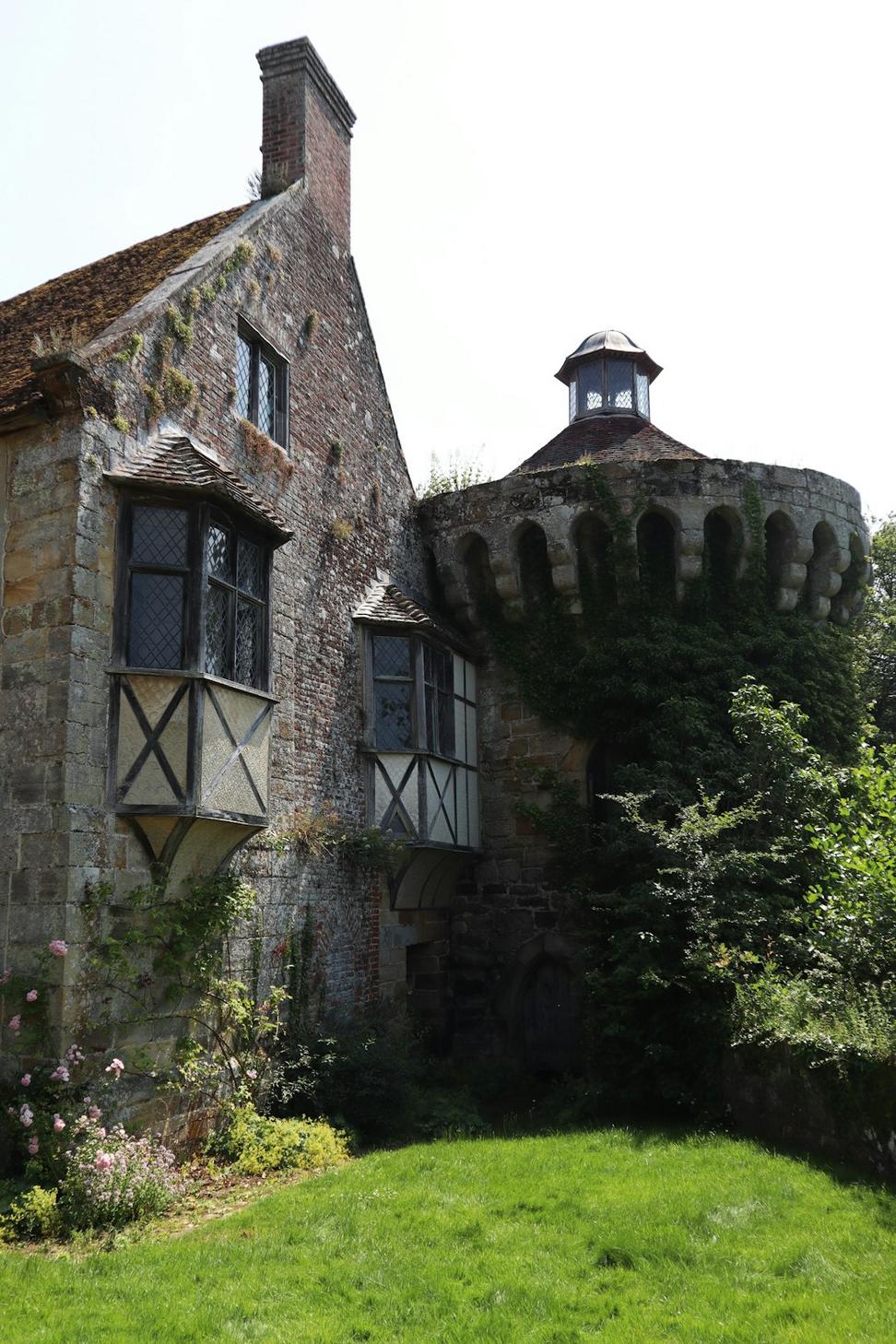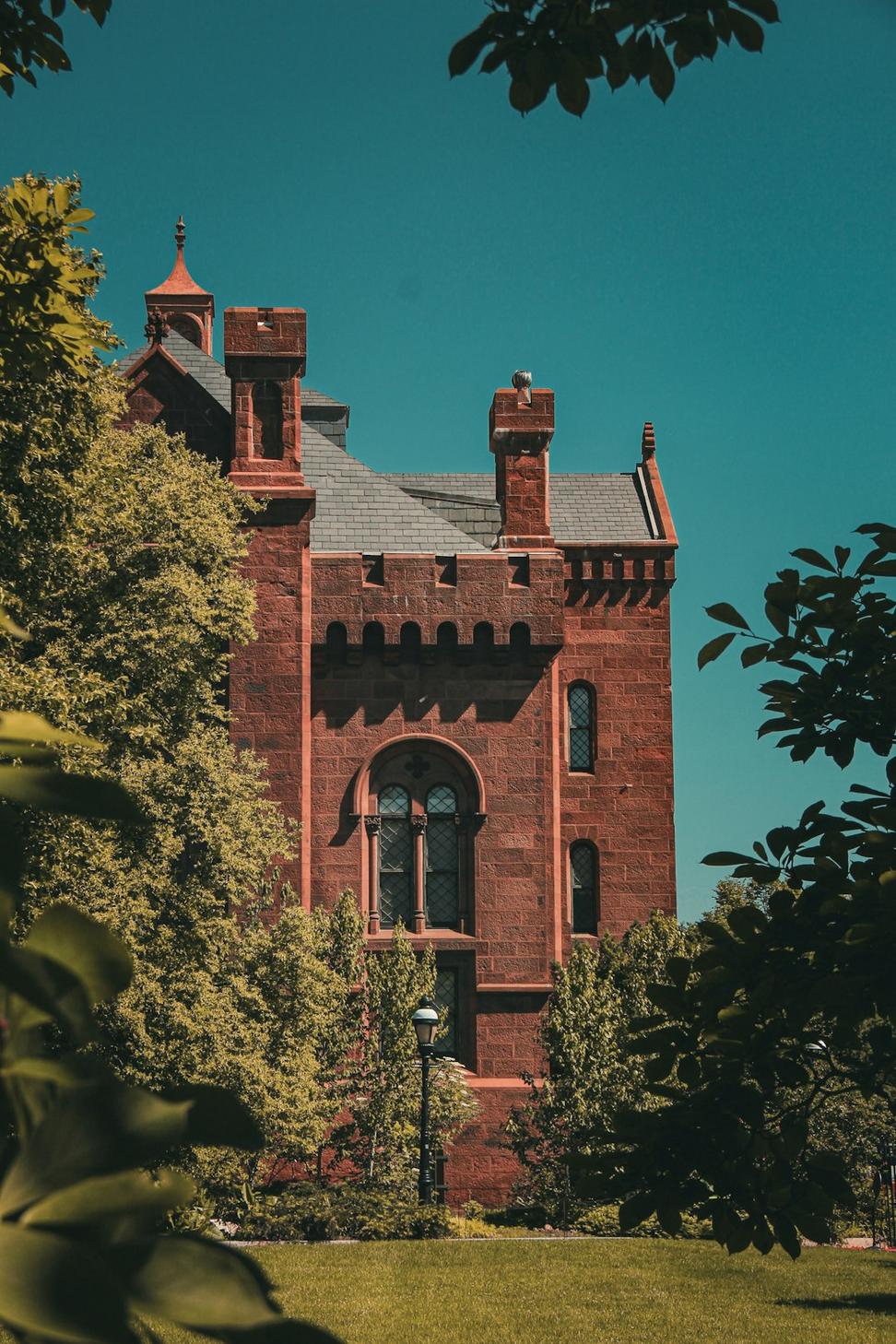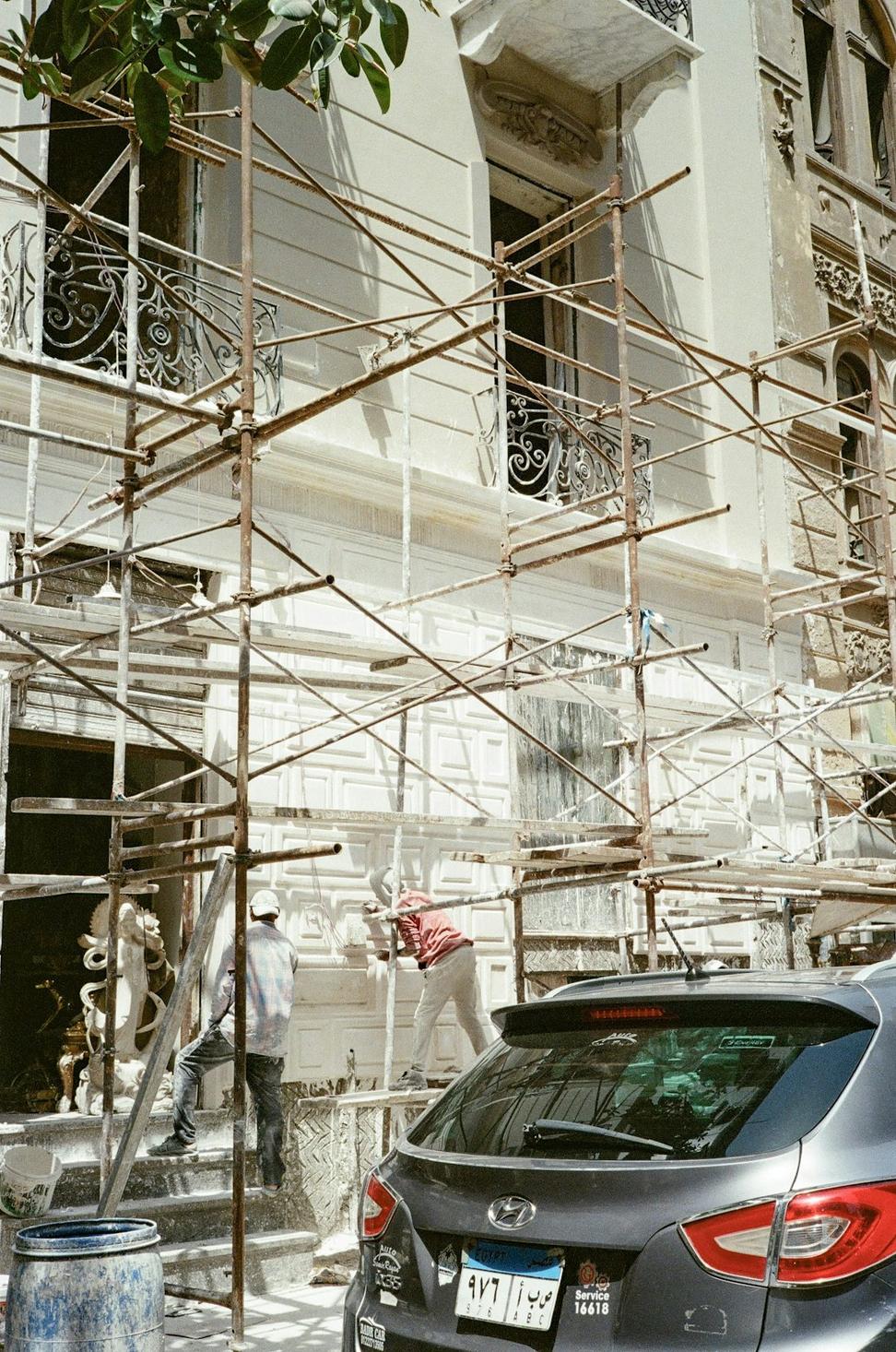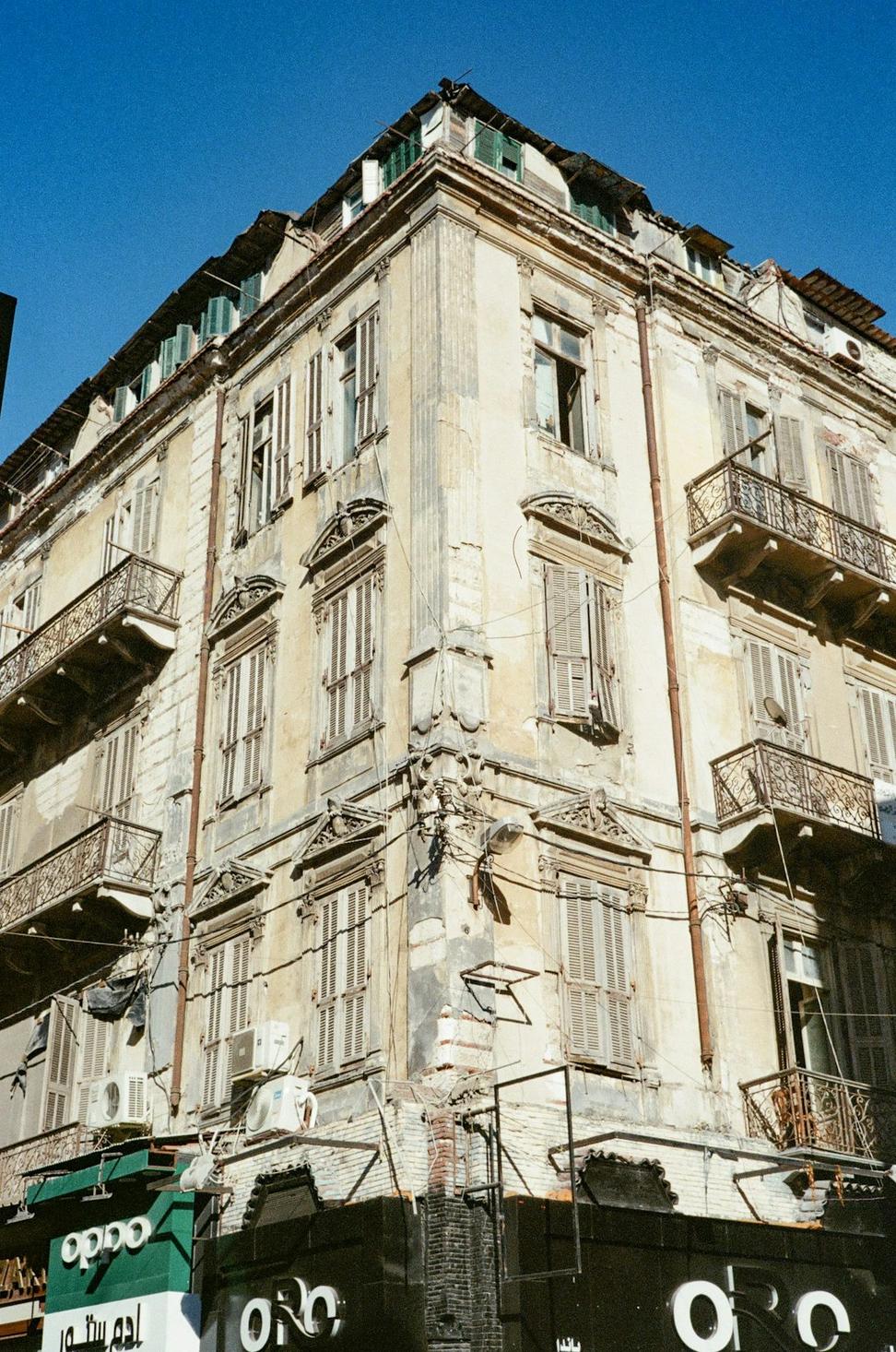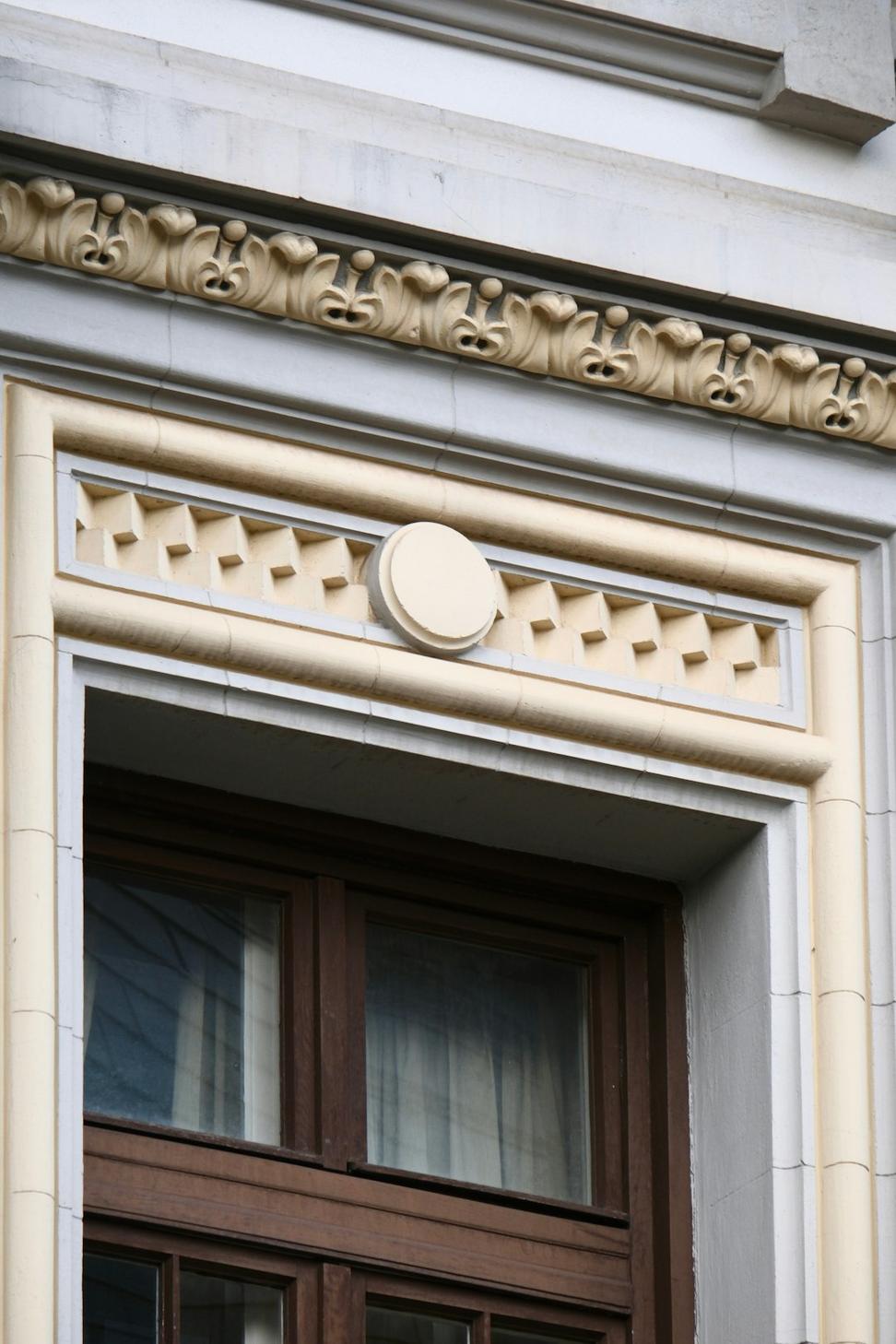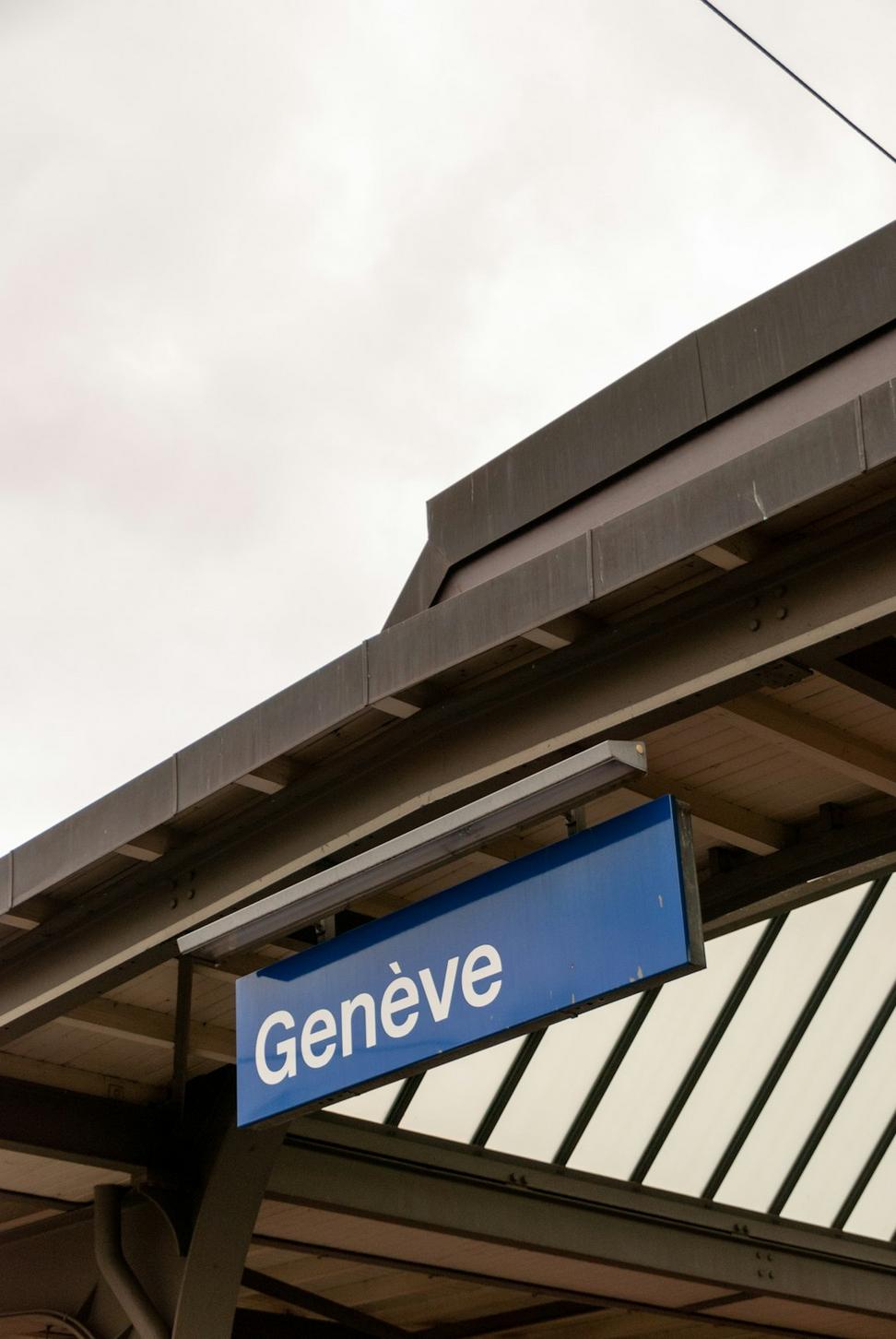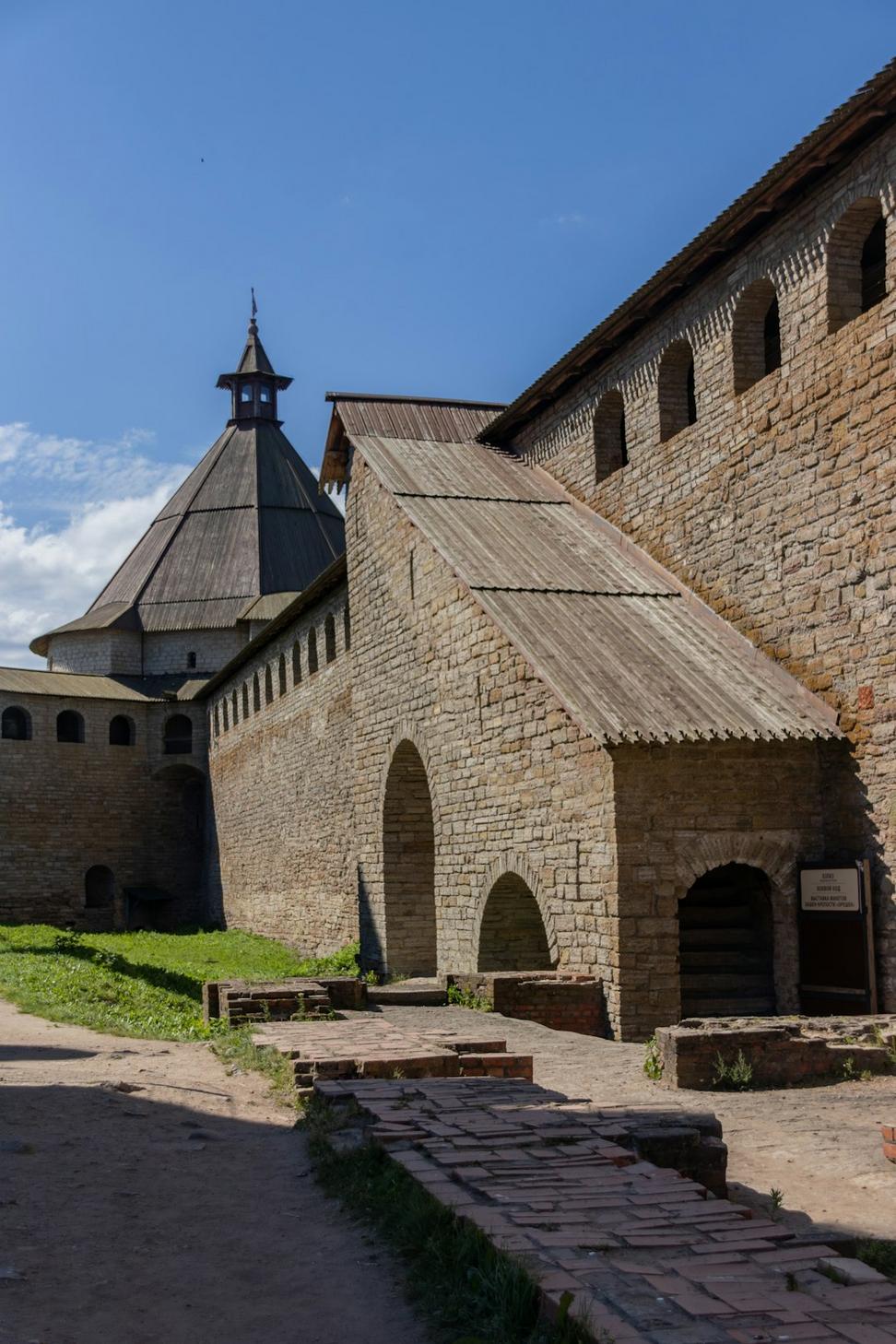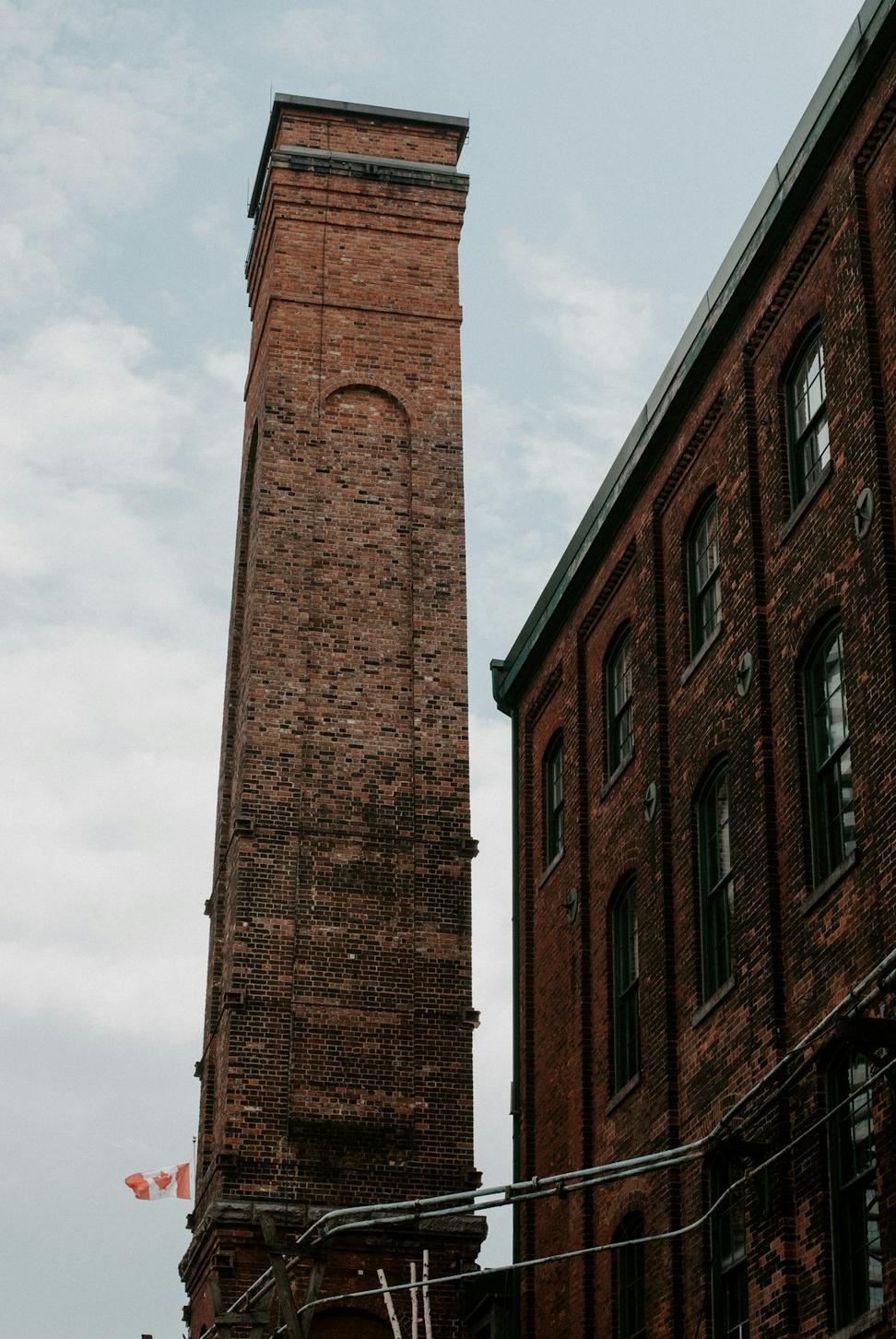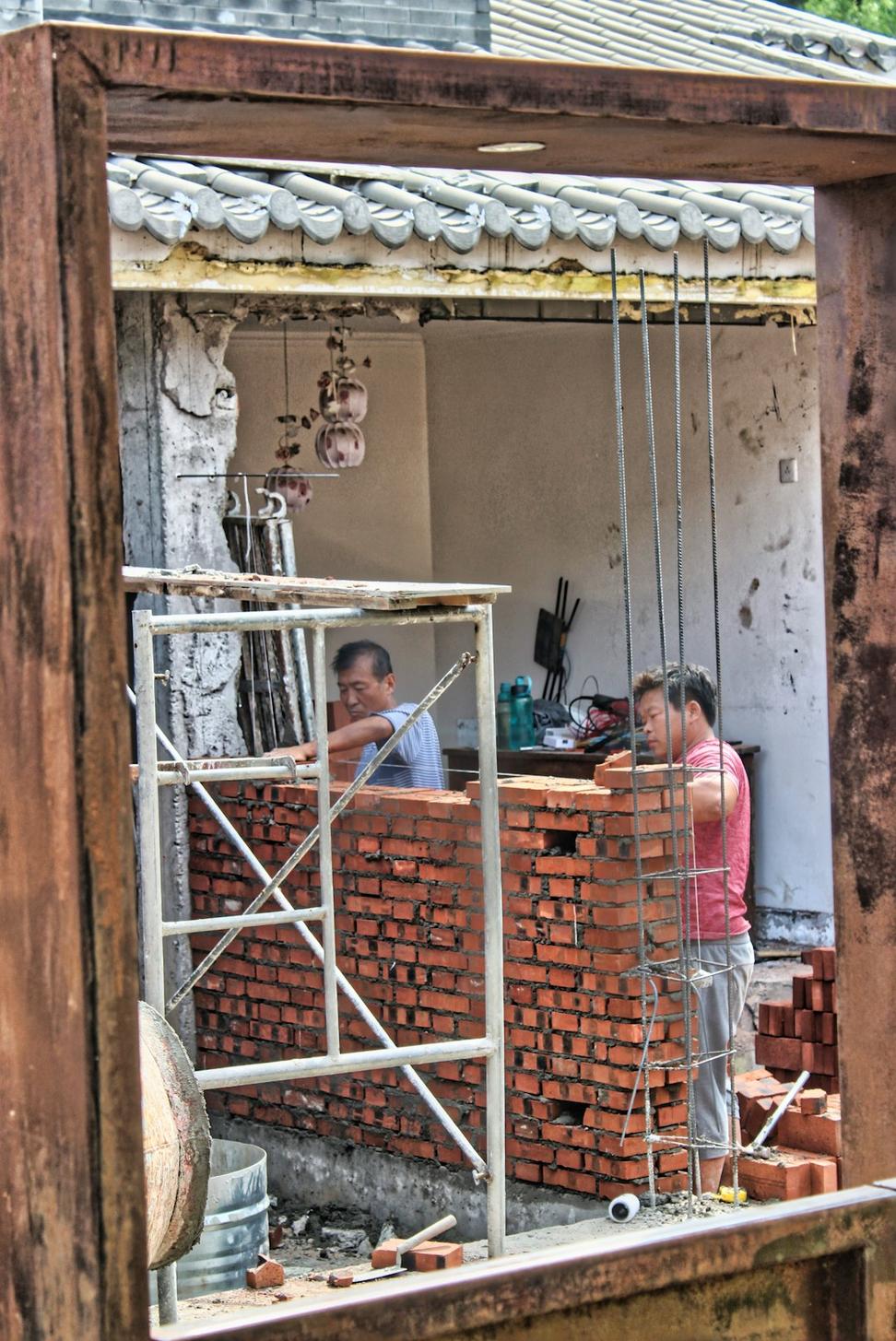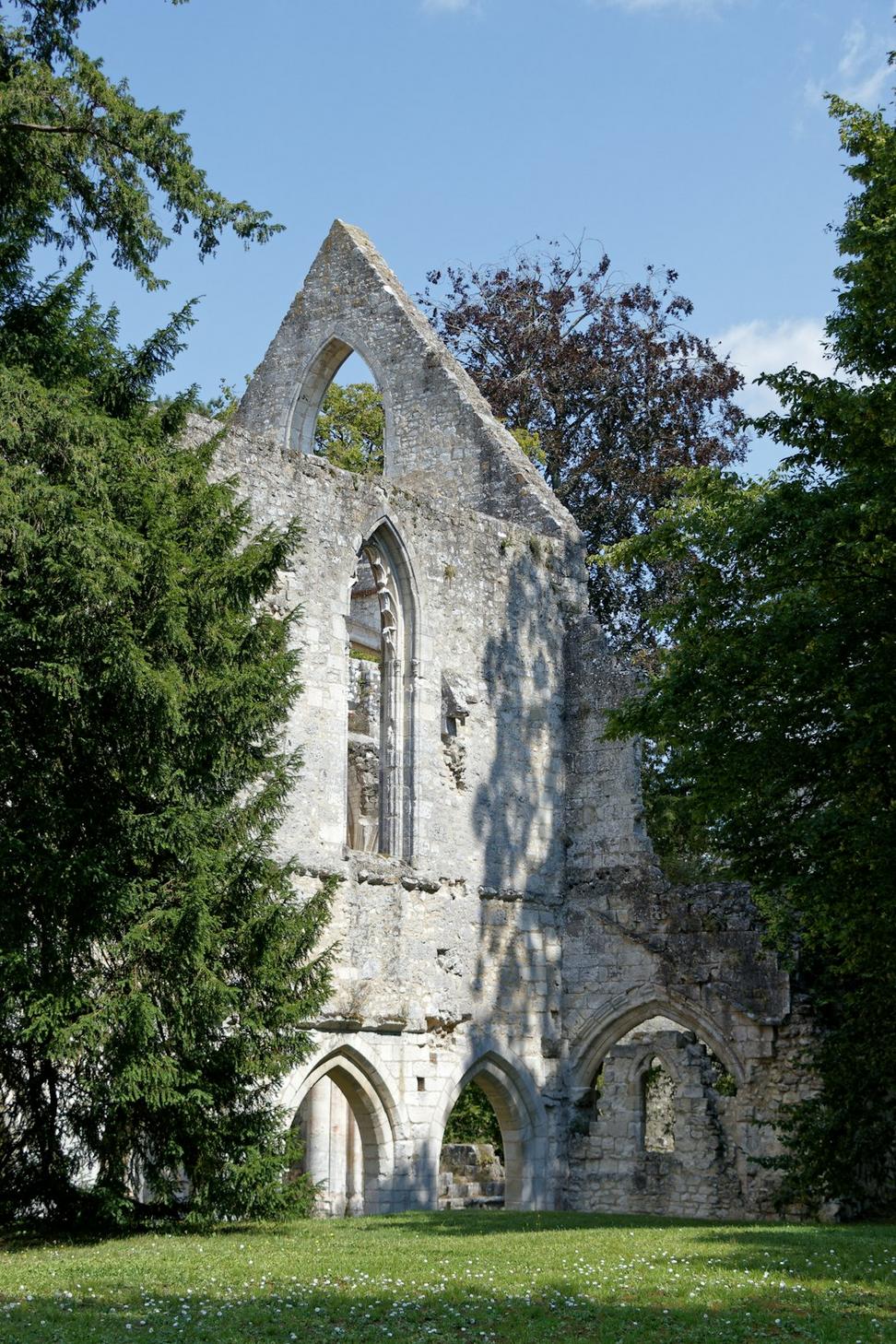
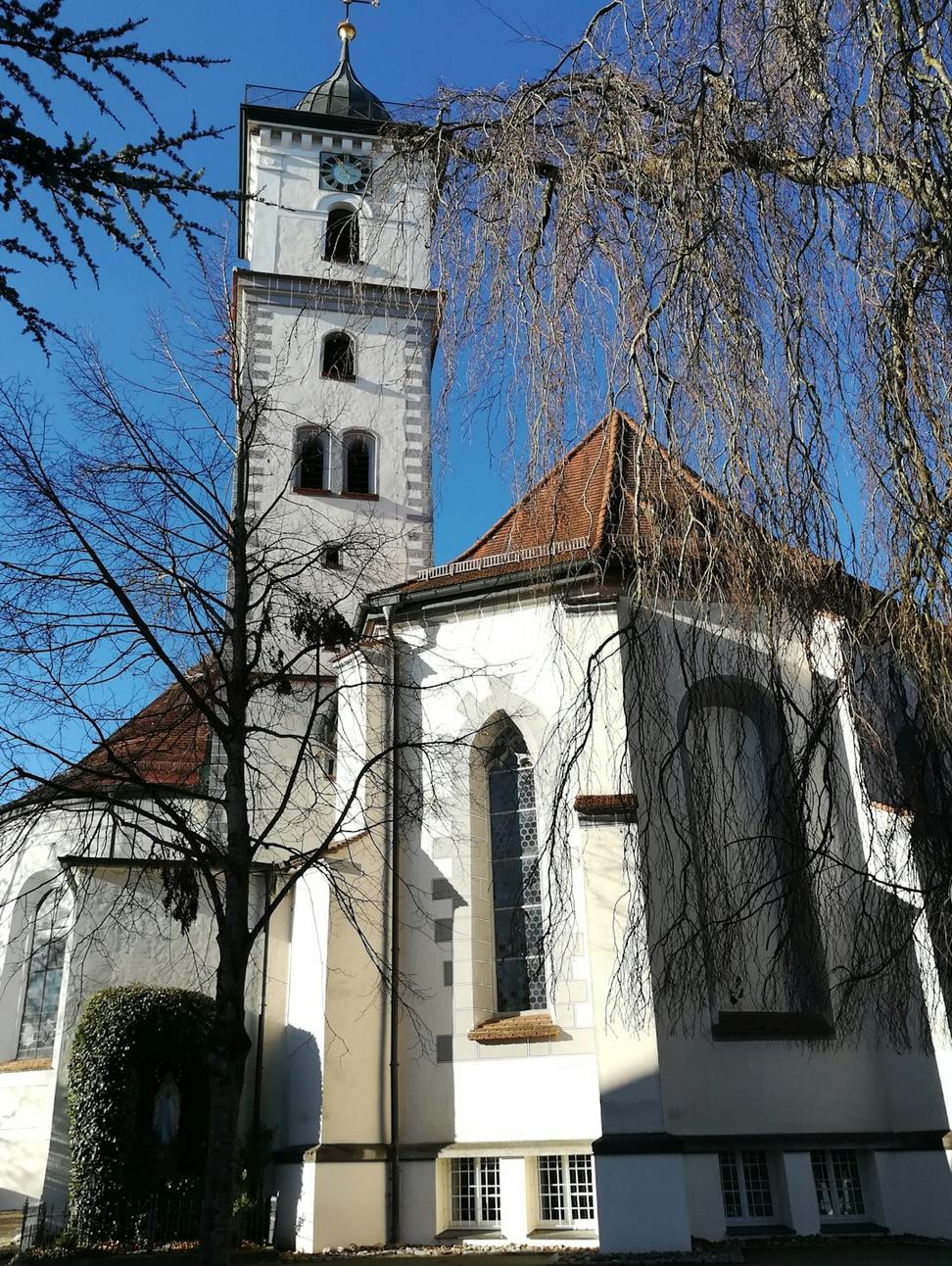
St. Michael's Chapel - Gastown, Vancouver
This one was rough. Built in 1887, the chapel had been sitting empty for nearly 15 years when we got the call. Water damage, crumbling mortar, original stained glass barely hanging on. The owner wanted to convert it into a boutique event space without losing that sacred atmosphere.
Took us 18 months. We salvaged about 70% of the original stonework, reconstructed the bell tower using period-appropriate techniques, and yeah - those stained glass windows? Painstakingly restored every single panel. The space now hosts weddings and community gatherings, and honestly, it feels more alive than it probably has in decades.
